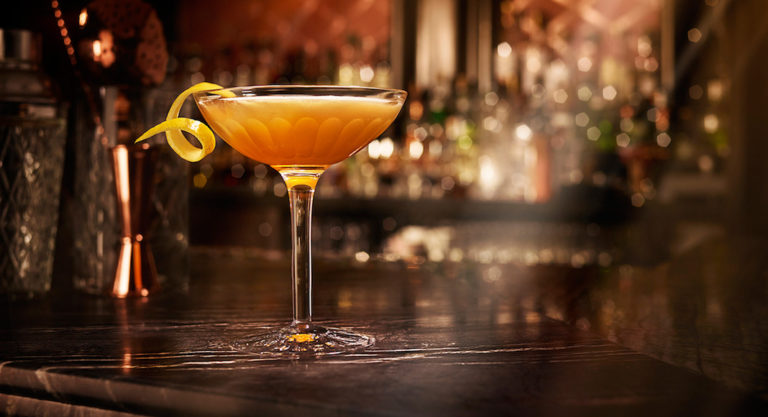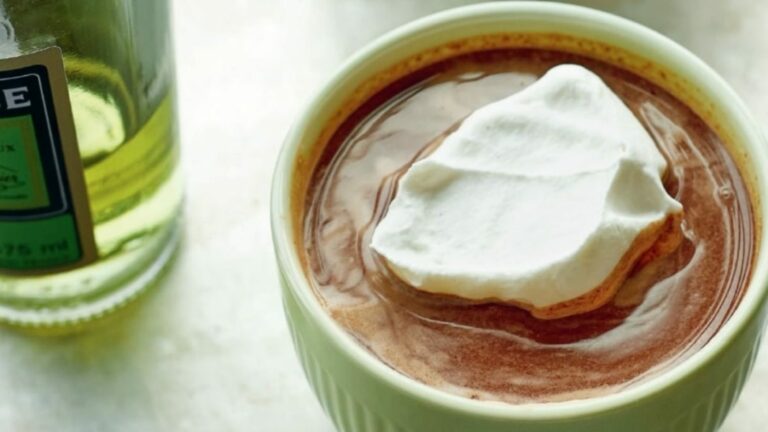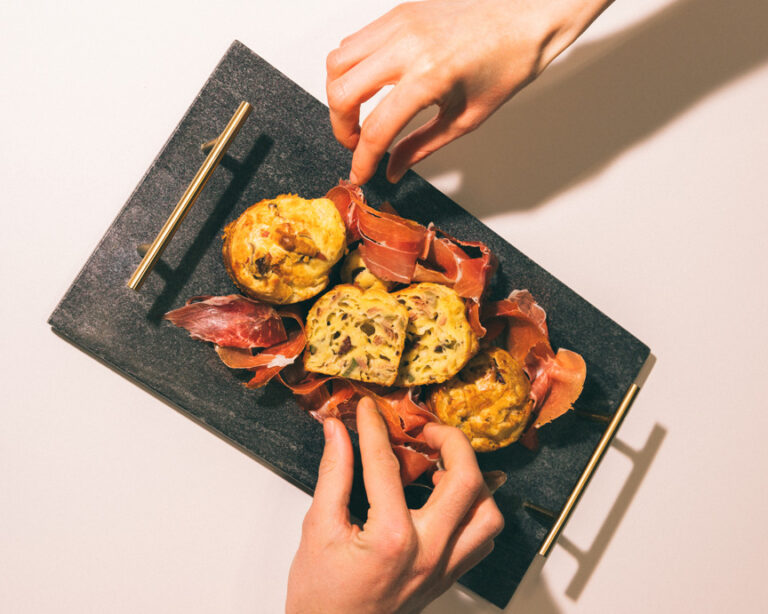To many of us, the word chartreuse brings to mind the color of moss in a spring forest, wet and gleaming once the snow melts. These days, it’s also ubiquitous on ingredient lists of house cocktails at trendy bars. But before it was a color or a hip sip, chartreuse was traditional French liqueur with a secret recipe. To this day, its history remains shrouded in mystery, making it a cocktail ingredient that doubles as a conversation piece.
The word chartreuse is derived from the Monastery of the Grande-Chartreuse, founded near the village of Saint-Pierre-de-Chartreuse. In the early seventeenth century, the Marechal d’Estrées, a prominent French military figure, handed over the recipe for an herbal elixir to the monks at the Chartreuse de Vauvert monastery in Paris. Back then, only monks and apothecary owners knew the medicinal uses for plants.
For several decades, the recipe was seldom used because of its extensive ingredient list – nearly all the medicinal herbs known at the time were included in the formula. In the mid eighteenth century, the Grande-Chartreuse monastery near Grenoble decided to look more closely into it, and in 1764, Green Chartreuse was born under the “Health Liquor” designation.
In the violence surrounding the French Revolution in 1789, many monasteries and convents met their demise, but the recipe for Green Chartreuse was guarded closely. The formula was passed on from monk to monk, carried around in hidden pouches, never to be revealed.
For decades, the recipe changed hands, eventually coming into the possession of the French government before being sold to a private company, and finally it was returned to its original owners, the monks, in the early twentieth century. To this day, the Monastery of the Grande-Chartreuse controls the production of the Green Chartreuse and carefully selects each plant that goes into the secret brew.
Green Chartreuse is the only green spirit in the world to be made from 100% natural ingredients, and a hefty list of ingredients it is. In keeping with the original recipe, 130 plants make up Green Chartreuse, yet nobody can tell which one is responsible for its distinctive hue (except, of course, the two monks in charge of safeguarding the elixir’s secret recipe).
Its aroma and flavor are of the utmost complexity. Your first whiff of Chartreuse may well leave you stunned, confused, and enchanted all at once. You will smell dozens of plants without being able to pinpoint one individually: that is what makes Chartreuse so deliciously intriguing.
The flavors blend altogether, creating a rich, herbal concoction that is old-fashioned and yet so cutting-edge. In an era where cocktail bars around the world serve creations mixing beetroot and cumin with peaches and rum, Green Chartreuse is fully in the air du temps.
Our favorite ways to enjoy Green Chartreuse are on the rocks as an aperitif or as an after-dinner drink (we hear the plants aid with digestion), but especially in a cocktail. Try our very own Green & Tonic, where Green Chartreuse is a perfect pairing for the juniper aromas in gin. It’s spring dans un verre.






